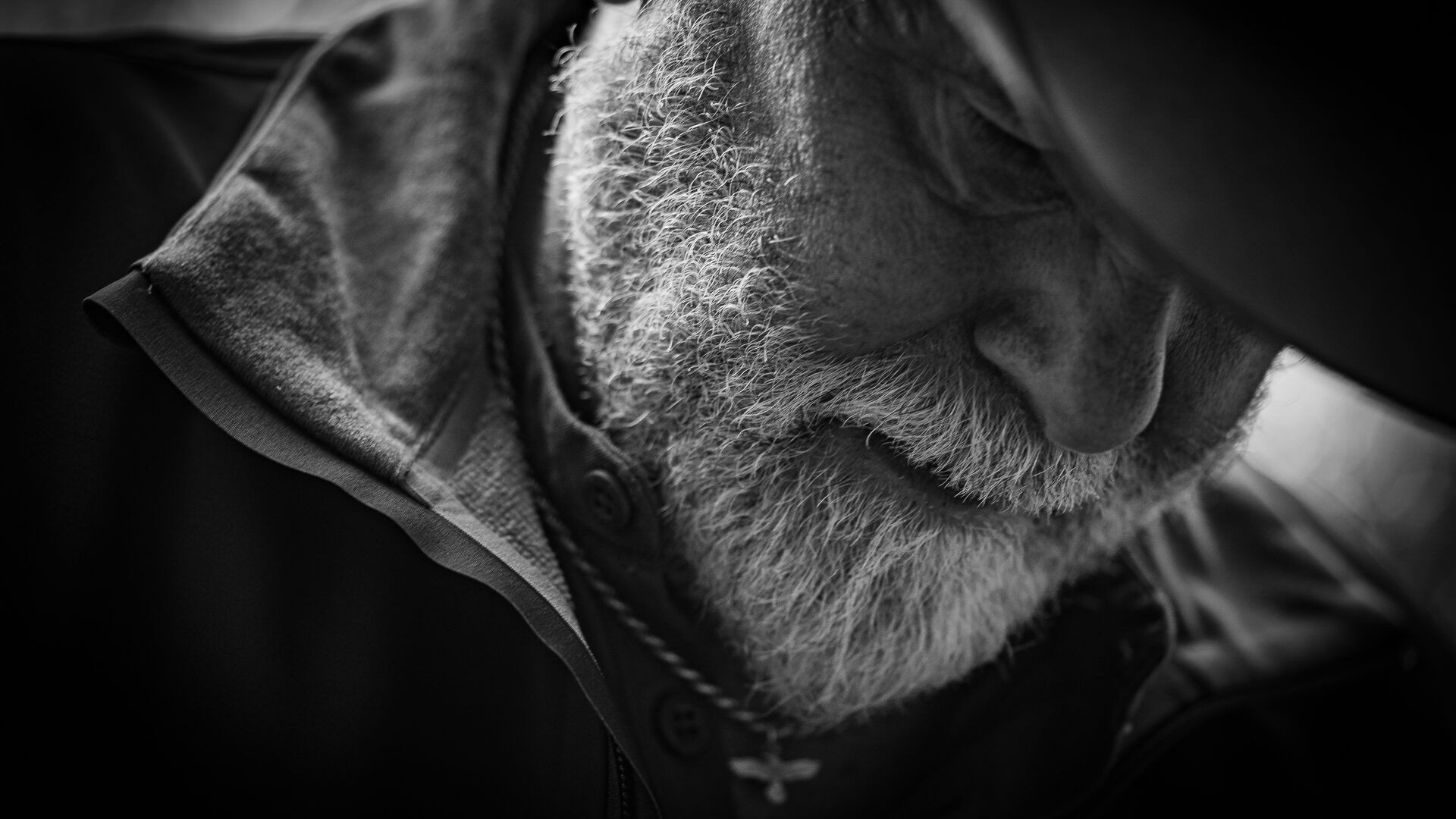The History
There were two Boer Wars. The first, from 1880-1881, was known as the Transvaal War. It was a brief conflict in which Boer settlers revolted against England’s attempt to annex the Transvaal. Wanting to expand their presence in Africa, to include the Dutch Boer republics of the Transvaal and Orange Free State, England struck again in 1899. The gold mines located there were part of the reason but Britain also looked to establish a Cape to Cairo confederation of British colonies, which would give England domination of Africa. The result was a long and bloody war that lasted until 1902.
Most Americans have limited interest in and even less connection to these wars. However, it has interested me since my first African safari. “Boer” is the Dutch word for farmer, which came to denote the descendants of the Africans speaking, stock raising farmers, who fled the British Cape colony to escape English rule. The area primarily settled by the Boers was the Orange Free State and Transvaal, which together were known as the Boer Republic. Boers employed a guerilla method of combat that stretched British logistics to the limits. (Seems England had learned little since their war with America.)
Hennie Badenhorst was the owner of Lyon Safaris and a veteran of the South African Defense Force. He is an accomplished professional hunter with over one hundred lion, buffalo and elephants under his belt. We were setting by the fire ring one evening watching the flames dance between us when Badenhorst remarked, “I have a rifle that was recovered from a battlefield during the Boer War.”
The Rifle
It seems Badenhorst’s great uncle, who was a young boy at the time, was out playing in the bush and came upon the unimaginable scene of a battlefield where he found a dead British soldier. Being the good Boer he was, he picked up the rifle and carried it home. It was a Martini-Enfield in .303. Badenhorst remembers stories from his grandfather about having to hide the rifle out back every time British soldiers came by.
The rifle had been in Badenhorst’s family since the war. It was kind of a, behind-the-door gun. When Badenhorst left military service and began his career as a professional hunter he frequently used the rifle when training his blood trailing dogs. Badenhorst set an empty bottle of lager on the rock rim of the fire ring and asked, “Would you like to shoot it?”
“Absolutely!” I said. “What shall we shoot?”
“Maybe a warthog.” Badenhorst said, as he removed his fedora exposing the scars left on his head by an angry leopard. “Tomorrow we will see many warthog.”
The Hunt
Before the hunt we stopped by the range and I fired three rounds through the old rifle. Considering the crude iron sights, it shot well and I managed a group of about two inches at 50 yards. After a full evening of hunting wildebeest and bushbuck Badenhorst declared it was time, and pulled the old rifle from behind the seat of his Land Rover.
Just at dusk we spotted a field full of warthogs and Badenhorst picked out one about 100 yards away and asked, “Do you think you can hit him?” I shouldered the relic, covered the dark beast with the triangular front sight, and pulled the crisp trigger, undoubtedly honed from years of use. We heard the “whop” of the bullet and moments later were standing over the warthog.
Badenhorst was all smiles that the old rifle had once again proven sufficient for the African bush, by providing food for his staff. It was an honor to hunt with a rifle with as much history as this one. And, at least for now, no one has to hide it when the British come by.






Great story thank you so much for sharing it.